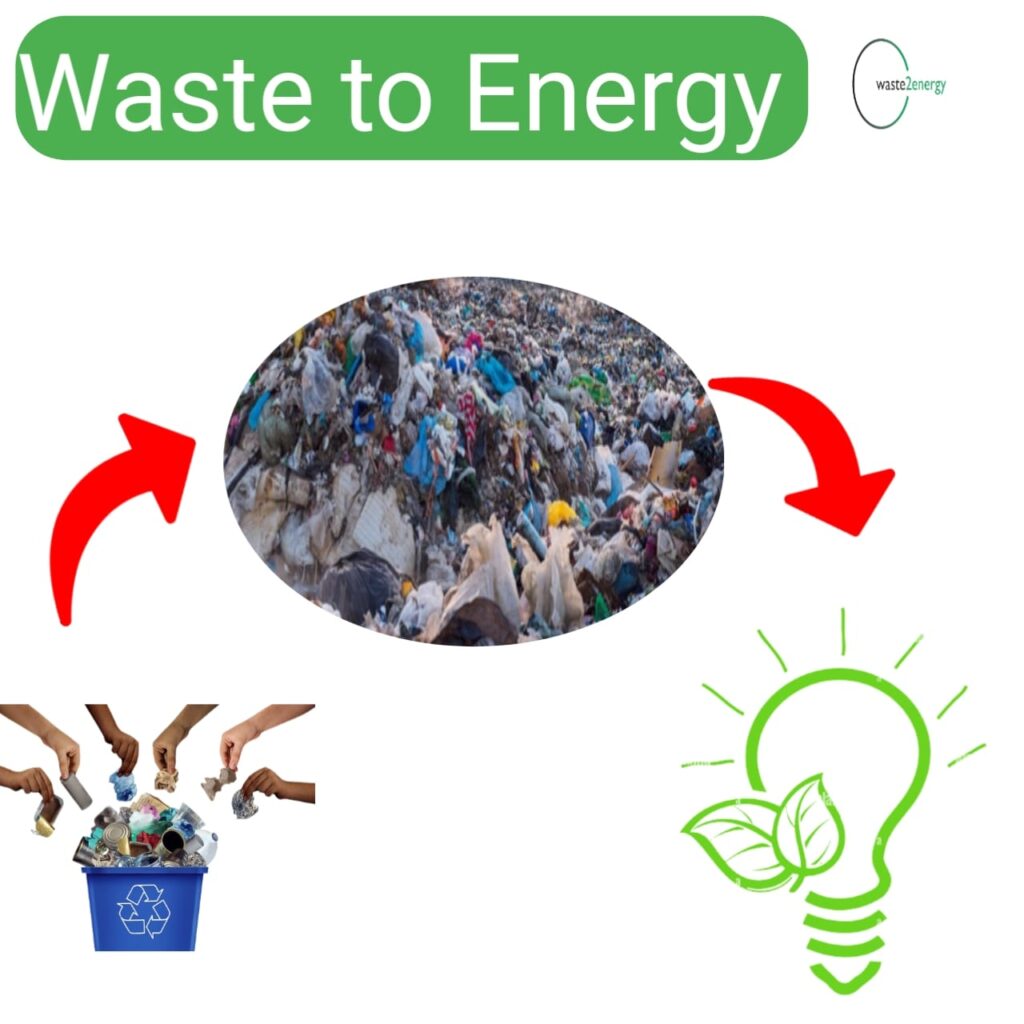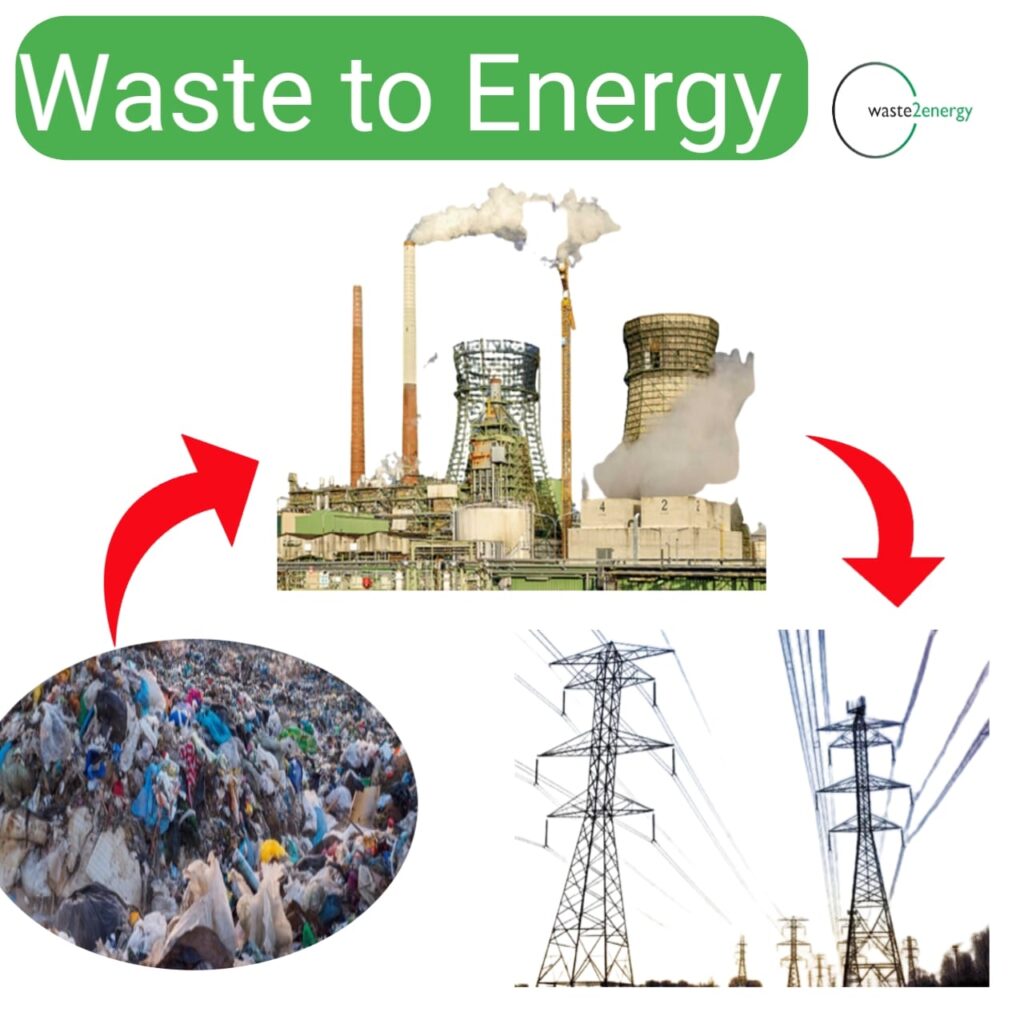
Energy from Waste :Transforming Trash into Valuables
In an era characterized by environmental challenges and resource scarcity, the quest for sustainable solutions has become more imperative than ever. One remarkable innovation on this front is the concept of Waste to Energy technologies. These technologies are turning trash into treasure, not just by mitigating the waste crisis but also by generating valuable energy resources in the process.
The Growing Waste Problem: The world produces an astounding amount of waste every day. Landfills and incineration have long been the default methods of waste disposal, but they come with serious drawbacks. Landfills occupy precious land, produce harmful greenhouse gases, and risk contaminating groundwater. Incineration, on the other hand, releases pollutants into the air and is energy-intensive. These conventional methods are unsustainable and unsustainable.
The Birth of Waste to Energy Technologies: The concept of Waste from Energy is not new, but recent advancements in technology have made it a more viable and environmentally friendly option. Waste from Energy technologies are a diverse group of processes that convert solid waste into various forms of energy, such as electricity, heat, and biofuels. These technologies offer a twofold benefit: they reduce the burden on landfills and provide an alternative source of energy.
Read more…..E waste and E waste impact on Urban India
Incineration: The Pioneer
Incineration, the oldest form of Waste from Energy technology, involves the combustion of waste to generate heat or electricity. Modern incinerators are equipped with advanced pollution control technologies to minimize harmful emissions. While incineration has its critics due to emissions concerns, it remains a vital component of Waste to Energy systems in many places.
Biomass Energy A Green Alternative: Biomass energy is another W t E technology that utilizes organic waste materials, such as agricultural residues, wood, and food scraps, to generate energy. Through processes like anaerobic digestion and gasification, these organic materials are converted into biogas, biofuels, and heat. Biomass energy is renewable, carbon-neutral, and an excellent way to repurpose organic waste.
Landfill Gas Recovery: Tapping into Methane: Landfills are notorious for producing methane, a potent greenhouse gas. However, Energy from Waste technologies can turn this environmental liability into a valuable asset. Landfill gas recovery systems capture methane emissions from landfills and convert them into electricity or heat. This not only reduces greenhouse gas emissions but also provides an additional energy source.
Pyrolysis and Gasification:
Unlocking Energy from Waste Pyrolysis and gasification are innovative Waste to Energy technologies that convert solid waste into syngas, a mixture of hydrogen and carbon monoxide. Syngas can be used to generate electricity or converted into biofuels. These processes have the advantage of being more environmentally friendly than traditional incineration and are well-suited for handling diverse waste streams.
Waste-to-Energy Challenges and Benefits:
While Waste to Energy technologies hold immense promise, they are not without challenges. The primary concerns include the potential for air pollution, high initial capital costs, and the need for stringent waste sorting to prevent contamination. However, the benefits far outweigh these challenges.
Reduced Waste in Landfills:
W t E technologies significantly reduce the volume of waste sent to landfills, conserving valuable land resources.
Energy Generation:

They provide a reliable source of clean energy, contributing to a diversified energy mix and reducing dependence on fossil fuels.
Greenhouse Gas Reduction:
By capturing methane and reducing the need for incineration, W t E technologies help combat climate change.
Resource Recovery:
Valuable materials, such as metals, can be extracted from the waste stream, promoting recycling and resource conservation.
Job Creation:
The (W t E) sector creates employment opportunities in waste management, technology development, and facility operation.
Global Adoption and Success Stories:
Around the world, various countries have adopted Waste to Energy technologies with remarkable success. For example, Denmark is a global leader in W t E, with more than 30 plants producing electricity and heat while significantly reducing landfill use. Singapore, a city-state with limited land for landfill, has embraced W t E as a crucial part of its waste management strategy
The Future of Energy from Waste:
As technology continues to advance, the future Energy from Waste looks promising. Research is ongoing to improve the efficiency of existing processes and explore new avenues for energy generation from waste. With a growing emphasis on sustainability and a circular economy,( W t E) will likely play a more prominent role in waste management and energy production.
Conclusion:
Energy from Waste technologies represent a crucial step towards a more sustainable future. By converting waste into valuable resources, these technologies are helping to address the global waste problem while simultaneously contributing to cleaner energy production. With ongoing research and innovation,( W t E) is poised to become an even more integral part of our efforts to turn trash into treasure, benefiting both the environment and society as a whole.
For more details visit klimrus